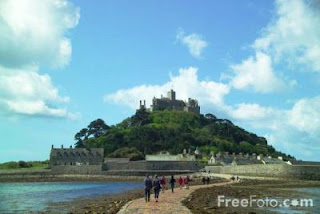Popular party
Halloween: a 2500-year-old tradition
Source: www.maganews.com.br
Learn a bit about the origin and symbols of this event held all over the world
The Celts were people who lived over 2,500 years ago inEurope . On the 31st October they got together to commemorate the end of summer, the end of the harvest and the start of a new year. However, this date did not only signify happiness for the Celts. They also believed that on that date the spirits of dead people returned to the world to try to reincarnate in the bodies of people in that region. To face them, the Celts dressed in the most frightening manner possible and hit the streets carrying lit candles and making noise to scare away the bad spirits.
In the modern world, Halloween appeared in the XIX Century, when the Irish took the party to the United States United States
“Day of the Witches” in Brazil
Halloween is a traditional event in many countries, but only recently started to be popular in Brazil
The legend of Jack O’ Lantern
One of the most traditional symbols of Halloween is a pumpkin in the shape of a face, known as “Jack O' Lantern” – This tradition appeared through Irish folklore. The legend says that there was a man called Jack who could not get into heaven because he had been very bad and was also expelled from hell because he played tricks on the Devil. He was then condemned to prowl the earth eternally, carrying a lantern to light his way.
Fonte - Revista Maganews (www.maganews.com.br)
Vocabulary
2 to face – enfrentar
3 to dress – vestir
4 frightening – assustador
5 lit candle – vela acesa
6 noise – barulho
7 to scare away – assustar / afugentar
8 Irish – irlandês (irlandeses)
9 trick or treat - peraltice ou trato
10 fancy dress ball – baile à fantasia
11 pumpkin – abóbora
12 shape - forma
13 to expel – expelir / expulsar
14 hell – inferno
15 to prowl – perambular / vagar
Ilustração - Calberto










